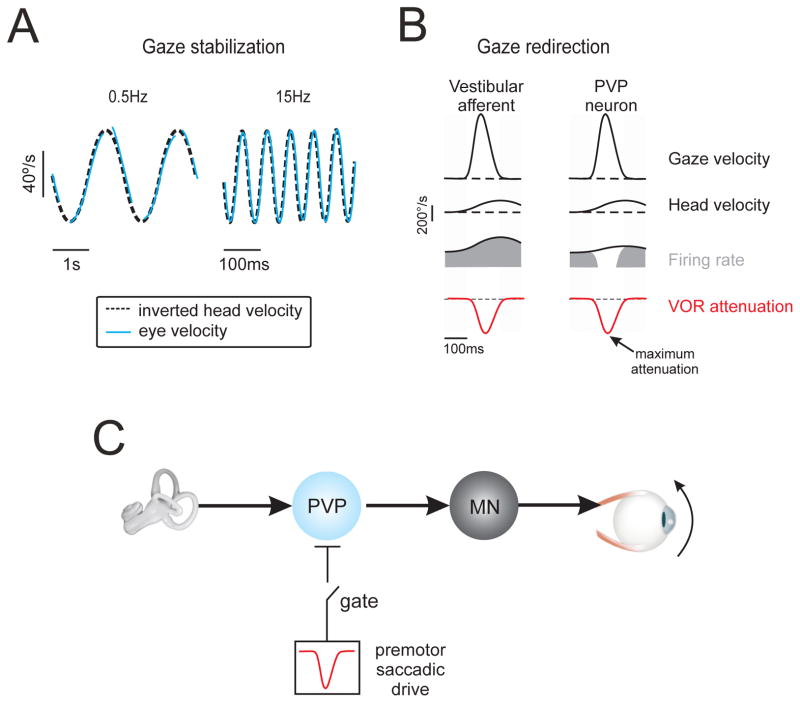Figure 4. The vestibulo-ocular reflex (VOR): compensatory response dynamics ensure stable gaze.
a) The VOR is compensatory over a wide frequency range. Example eye and head velocity traces, during sinusoidal rotations of the head-on-body in the dark at 0.5 and 15 Hz. b) Single unit recording experiments in monkeys show that vestibular afferents encode the active head movements made during gaze shifts. However, neurons at the next stage of processing in the VOR pathways (i.e. PVP neurons) and resultant VOR are attenuated (red trace). The time course of the neuronal [34, 74] and VOR suppression [69] are comparable; response attenuation is maximal early in the gaze shift and progressively recovers to reach normal (i.e. compensatory) values near gaze-shift end. c) Mechanism underlying VOR suppression during gaze shifts. In addition to their input from the vestibular nerve, PVP neurons receive a strong inhibitory input from the premotor saccadic pathway, which effectively suppresses their activity during gaze shifts. In this way, VOR suppression is mediated by behaviorally-dependent gating of an inhibitory gaze command signal. Accordingly, during gaze shifts PVP neuron responses can be explained by the linear summation of their i) head velocity input and ii) this inhibitory saccadic drive.

